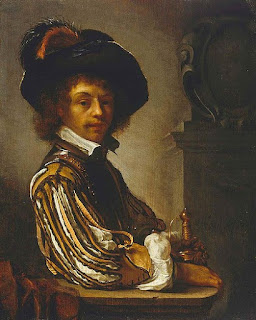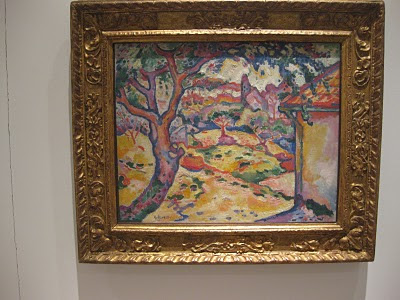 |
| The Palermo Nativity |
by Catherine Schofield Sezgin, ARCA Blog Editor
Part one of three
Repeated rumors of the destruction of Caravaggio's painting, Nativity with San Lorenzo and San Francesco, reminded me of Peter Watson's telling of how an earthquake in southern Italy interupted his attempts to recover the painting ten years after it was stolen from a chapel in Sicily.
Watson's 1984 book, The Caravaggio Conspiracy (Doubleday), documents the journalist's cooperation with 'Italy's greatest art detective', Rodolfo Sievero, to recover The Nativity in 1979. Watson, a British journalist, and Sievero, who at the time was 'an Italian diplomat' who headed 'a small section of the Italian Foreign Office exclusively concerned with the recovery of stolen art', concocted a plan to get one of Siviero's suspects in the theft of The Nativity to offer the Caravaggio or another stolen painting to Watson.
In the eighth chapter of the book, Watson sympathetically describes Michaelangelo Merisi da Caravaggio as a maverick painter whose erratic behavior and subsequent criminal record may have been the result of an illness contracted in his early years in Rome. "Caravaggio's approach to his art -- conveying miraculous biblical episodes through vividly real but otherwise ordinary people, revolutionized painting," Watson wrote.
As an aside, I point out that in his summary of Caravaggio's career, Watson highlights the contribution after 1590 of one of the painter's supporters who originated from Amelia, home to ARCA's summer program and its International Art Conference:
A certain Monsignor Petrignani provided him with a room -- it was hardly a studio -- and Caravaggio began to turn out many pictures. The younger painter enjoyed this work more, but though he was prolific he was not successful. The arrangement eventually bore fruit, however, through the good offices of an art dealer named Valentino who had exhibited paintings by Caravaggio and finally succeeded in selling several of them to Cardinal del Monte.
The 16th century Palazzo Petrignani hosted the 2010 International Art Crime Conference in Amelia.
In 1609, running from knights and friends of a man who died by the painter's sword, Caravaggio painted what Watson describes as the "Adoration of the Child with St. Francis and St. Lawrence" (also known as the "Palermo Nativity") in the church of the Oratorio of San Lorenzo in Palermo. Watson wrote:
It is an unusual painting for Caravaggio: it almost seems that the events of the preceding months were beginning to catch up with him. It is still a Caravaggio but it is as if he had begun to doubt his own vision. The peasants watching the event are in the old, familiar style. They are ordinary, balding, tired rather shabby people lost in wonder. But Mary particularly is a more stylized figure: her features are regular, smooth, her skin is like marble. There is even an angel descending from on high. Some sort of change appeared to be coming over Caravaggio.... Whoever had stolen it had taken more than an object; he had deprived the world of a sign of change in the mind -- the somewhat unstable mind -- of a great man.
Caravaggio's eight foot by seven foot painting of the Nativity served as the altarpiece for the Baroque chapel of the Oratory of San Lorenzo for 359 years until it had been "hacked" "out of its splendid frame with a razor blade," Watson wrote.
A few weeks after the theft, Siviero, Watson wrote, had received a message that the theft had been revenge for what Siviero had done 'to the Mafia over the Ephebus in Foligno."
Part two continued on May 16.
 ARCA CEO,art theft,Australia,Dutch,Lynda Albertson,Sydney
ARCA CEO,art theft,Australia,Dutch,Lynda Albertson,Sydney
 No comments
No comments
 ARCA CEO,art theft,Australia,Dutch,Lynda Albertson,Sydney
ARCA CEO,art theft,Australia,Dutch,Lynda Albertson,Sydney
 No comments
No comments








